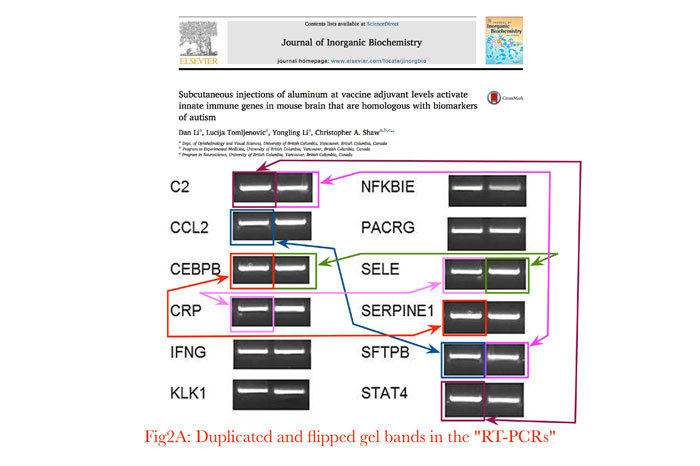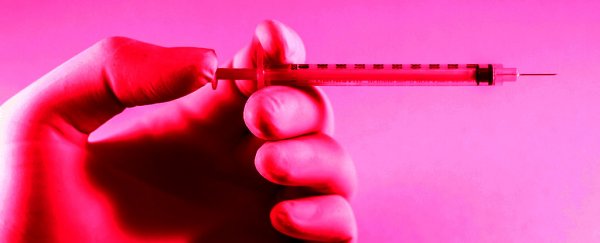Controversy has erupted over a scientific paper that is being retracted after it was attacked for being 'antivax pseudoscience' and found to contain manipulated, false data… which has now gone mysteriously AWOL.
The research, published last month, suggested aluminium contained in vaccine adjuvants could trigger biological responses in mice "consistent with those in autism", but it didn't take long for scientific commentators to tear the paper apart.
"By even the most charitable interpretation, the best that can be said for this study is that it might show increased levels of proteins associated with inflammation in the brains of mice who had been injected with aluminium adjuvant way more frequently than human babies ever would be," wrote oncologist David Gorski from Wayne State University on his blog at ScienceBlogs.
"It was, as so many studies before, the torture of mice in the name of antivax pseudoscience."
Several other commentators in the research community also found faults with the research, singling out its authors as "anti-vaccine shills" and providing blow-by-blow takedowns in what they called an "[a]utopsy of a flawed study of aluminium and brain inflammation".
Tough crowd.
But the most damning indictment on the research came when users on community science site PubPeer noticed several instances where the graphics and results in the study's data had been deliberately manipulated, copied and pasted, and generally faked.
For John Dawson, the editor of the Journal of Inorganic Biochemistry in which the paper was published, that was the last straw, telling Retraction Watch that the study was "being retracted jointly by the authors and the editor".
In separate comments, one of the senior authors of the paper, Christopher Shaw from the University of British Columbia in Canada, told the site it was a mystery how the manipulated data made its way into their research.
"Our own analysis showed some figures had been altered," he said.
"We requested a retraction because we could not understand how that had happened. We felt the data had been compromised."
 PubPeer
PubPeer
Shaw maintains that the original data used in the research, which began years ago, has subsequently been taken to China by the paper's first author, and cannot be easily recovered for verification.
"The first author, Dr. Dan Li, denies doing anything wrong, but has not provided any information about this in spite of repeated questions from us," he explained to Beth Mole at Ars Technica.
"We are continuing to pursue these questions, but as she is now at another institution, we can't force her to comply."
As for how the mistakes and falsifications got missed before they were published, Shaw says they're basically impossible to catch.
"When you look at these kinds of [data], unless you look at them under very, very high power and magnify them 20 times – which no one does, by the way – you would not necessarily see that there was anything untoward," he told CBC News.
As for where that leaves us, it's unclear. The paper is in the process of being retracted, but even if the original data ever surfaces, Shaw acknowledges the credibility of the research has already been destroyed.
Speaking of which, his own reputation, and that of fellow author Lucija Tomljenovic, is also in a dire place right now. This is not their first retraction – and they have a history of being criticised for flawed research in this area.
In response to the furore over the criticisms, the fake data, and now the retraction, the researchers' home base – the University of British Columbia – has said it will investigate any allegations of scholarly misconduct, but stated that it "holds dear the value of academic freedom".
Gail Murphy, the university's vice-president of research and innovation told The Globe and Mail "it is up to the scientific community to evaluate research through the peer review process".
Yep, and belatedly, that's exactly what we're seeing here.
